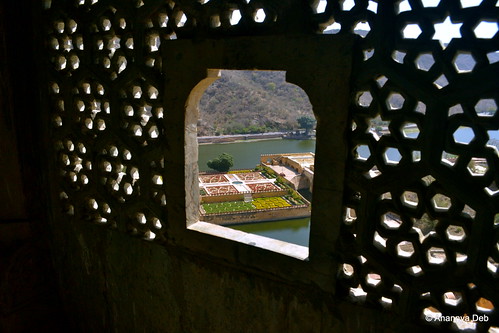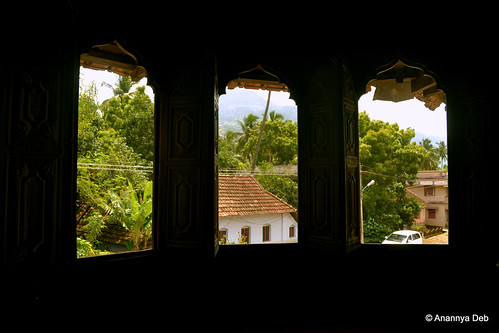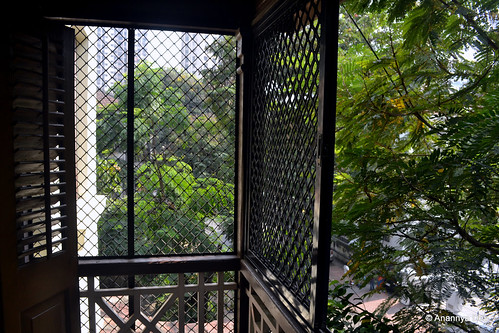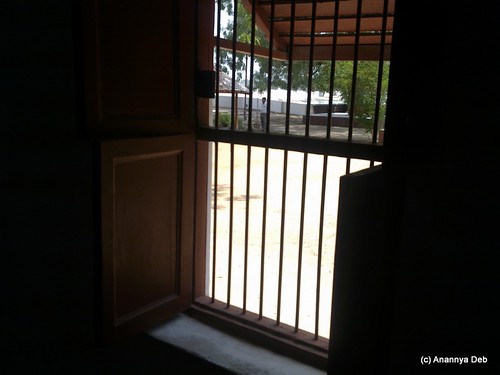In houses and palaces now abandoned, what did the people see outside their windows?

In Rajasthan, the kings and the queens could see their subjects in the distance. In the immediate foreground, they saw manicured gardens and still waters of artificial lakes.

Here, the king wanted to recreate the same experience as felt while seated on a howdah (on an elephant)

The monks in Ajanta lived a sparse life as prescribed by their order. In the darkness of their caves, the world outside was, literally, a blinding light.

Gandhi, when he lived in Bombay, stayed at a house loaned to him by a prominent local business man. It was located in a quiet lane in the middle of one of the most crowded areas – Girgaum. Even today, this lane, called Laburnum Road because of the flower trees growing here, remains quiet and uncluttered giving the thinking man lots of moments of peace on his balcony

When sultans established their sultanates, they made sure that there were no competitors. This included rival buildings that occupied the skyline. The Adil Shah of Bijapur made sure there were no tall rivals to the Gol Gumbaz

Kasturba Gandhi had her own hut in the ashram. Gandhi’s hut with its verandah faced the river. Kasturba’s hut was placed the other way round with a window on the side looking out into the ashram’s open area. Gandhi could at least see the waters of the river flowing by.